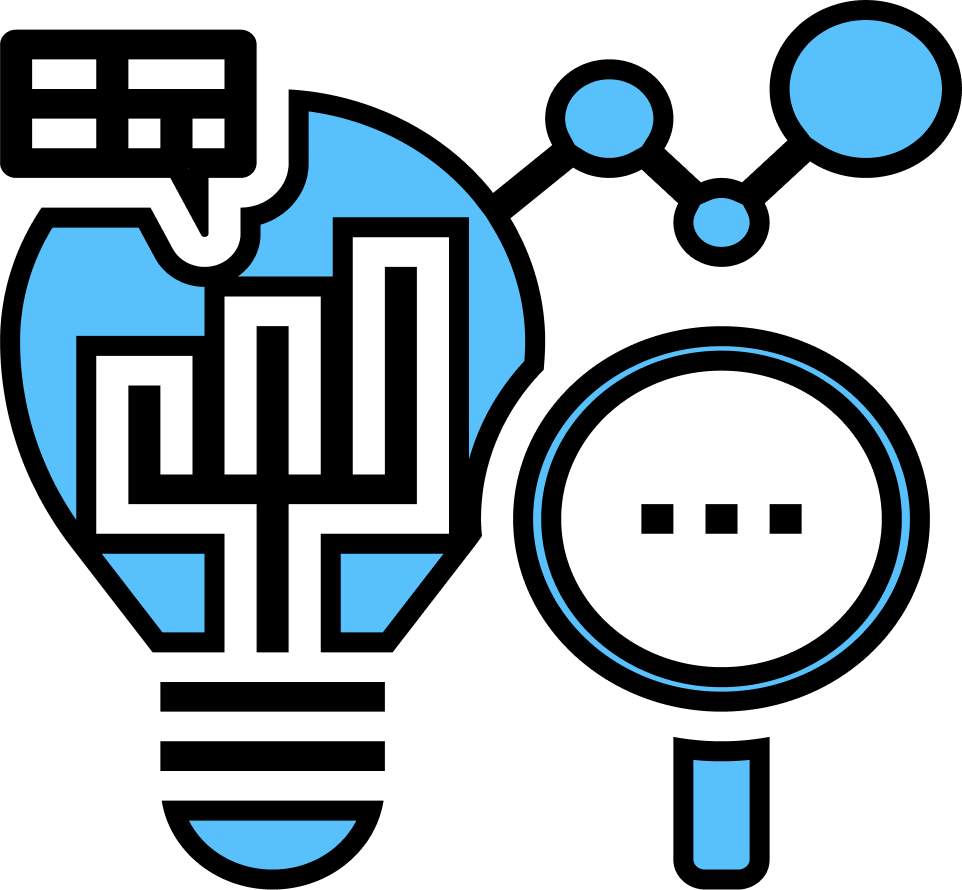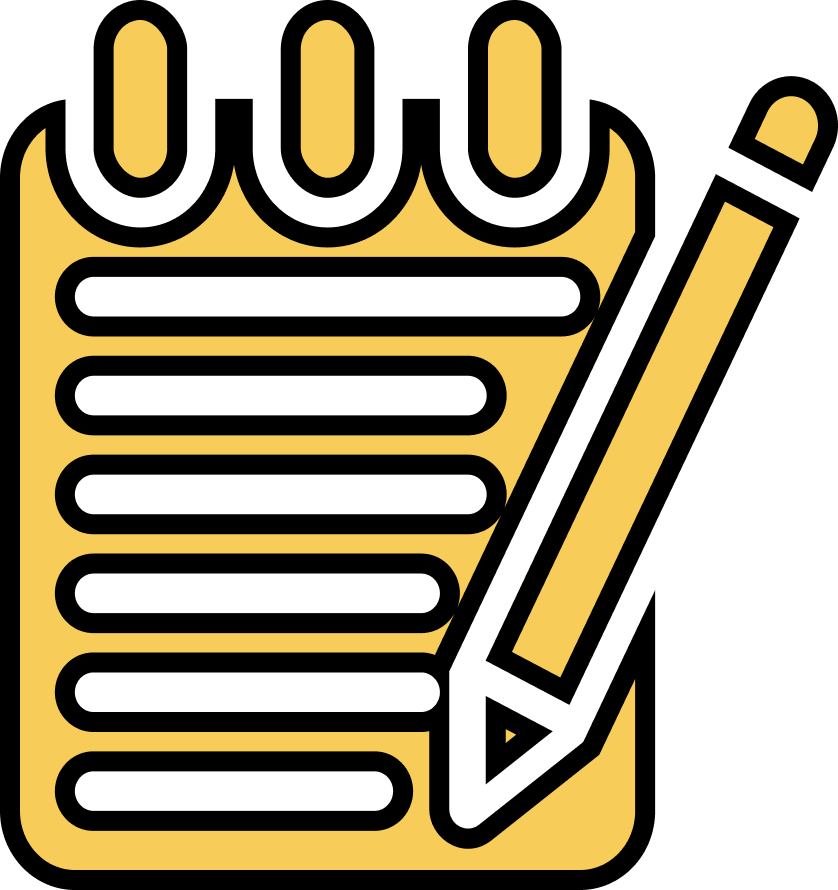
As Lead Product Designer at Weavix, I’m drawn to the challenge of designing for a ‘phygital’ experience, where physical hardware and digital software must work together seamlessly in tough, real-world environments.
Case Study: User Activation
JUMP TO SECTION
Note: The case study below focuses on 1 out of 12+ projects that I’ve led from concept to delivery during my time at weavix. I’ve led and contributed to a broad range of features including user management, safety alerts, AI-powered safety observations, a voice assistant (currently in design), music playback, settings, in-app banners, offline mode, and much more.
Introduction
Problem statement
The account activation flow was too lengthy and complex, causing unnecessary friction for users who were already resistant to switching from familiar Motorola radios to the walt radios. Additionally, both users and administrators were reluctant to provide personal contact details or company email addresses—especially given the high turnover common among this workforce.
Goal
Enhance the account activation experience for first-time Walt users by making it faster, more seamless and user-friendly, while preserving privacy and enabling personalization, without requiring personal contact information.
Timeline
3 months for research and design (Q4 2023), 3 months for development (Q1 2024) to be launched in end of Q1
Tools Used
Figma, Confluence, Jira, FigJam
Persona
Frontline Fernando
Business Goals & Success Metrics
Increase Self-Sufficient User Completions
Increase % of users who start the process successfully and complete it without getting confused or needing help from (from 46% to 90%+)
Users get to their first meaningful interaction (e.g., sending their first message) faster (from 5+ minutes to less than 2 minutes).
Reduce Time to Value
Surprise users with easy and delightful experience that fosters a sense of pride in the personalization of the product at first impression.
Improve First-Time User Satisfaction
A seamless activation process helps users feel confident in the product and company and less resistant to change.
Earn Trust and Brand Perception
My Role
As Lead Product Designer, I see the end-to-end user experience across our hardware (smart radio), mobile, and web console application. My role blends strategic design leadership with hands-on UX/UI execution. I also manage one other Jr Product Designer on my team.
For this project specifically, I:
✅ Led the design vision for a unified experience across digital and physical interfaces
✅ Conducted user research with frontline workers, admins, and safety leaders to understand real-world challenges
✅ Collaborated with engineering and hardware teams to ensure seamless interaction between devices and software
✅ Designed for edge cases and constraints common in industrial environments (e.g., gloves, noise, connectivity loss)
✅ Updated current components in our design system and added new components
✅ Balanced user needs and business goals—from simplifying onboarding to reducing operational friction
Discovery & Research
Qualitative Research
Went on-site to two customers to observe users during onboarding
to understand user confusion and pain points.
Synthesized insights from 12+ Gong calls with site administrators
who expressed a need for email-and phone-less onboarding, citing concerns around frontline workers’ reluctance to share personal contact information and the challenges of high turnover.
Compiled notes from 5 Customer Success ‘Voice of the Customer’ meetings
wherein pain points around account activation were openly shared.
Quantitative Resarch
40% of customer sites had admins creating unnecessary company email addresses to get users registered (found via Amplitude)
Users were taking more than 5 minutes to activate their account (found via Metabase & Amplitude)
Methods used
User interviews, user observation, data analysis
Tools used
Amplitude, Metabase, Gong, Confluence, Microsoft Teams
Ideation
Collaborative Process
Worked with Director of Product and Product Manager with input from Director of Customer Success and Engineering Lead to ideate solutions via in-person brainstorming sessions and white-boarding
Exploration: Going Wide
Concepts we considered included:
How We Evaluated Tradeoffs
We evaluated each idea against a matrix of:
✅ User friction (How long does it take to get started?)
✅ Security/privacy compliance
✅ Technical feasibility and effort
✅ Scalability across sites with different IT policies
✅ Impact on support load and admin oversight
✅ Desire for users to feel a sense of ownership over the device; treating it as a personal, trusted tool rather than an impersonal, disposable piece of shared equipment.
For example, while fingerprinting was elegant from a UX standpoint, we deprioritized it due to data privacy concerns and limited device compatibility. Similarly, guest mode offered ease of use but posed challenges for accountability and audit trails, as well as ownership of the device.
Proposed Solution
Enable administrators to pre-register users, generate a unique QR code for each user. Users can then scan the QR code to activate their personalized profile and assign themselves a badge for future logins.
Design, Testing & Iteration
Tools Used
Figma, FigJam, Confluence, Microsoft Teams
Initial Wireflow
Initial Screens
I used existing components for buttons, lists, keypads and screens that already existed, and followed style guide for text sizes. Tweaked overlay component, camera footer & NFC badge instructional screen
Improvements made after user 3 rounds of user feedback
I actively sought out feedback from:
End users through interviews to validate what would feel easiest and most familiar (2 rounds of testing at Stella & Chewys)
Administrators (customers) to ensure solutions aligned with their operational and compliance needs
Engineering and QA teams to vet feasibility and identify system limitations or ‘gotchas’ in the designs
Product leadership to weigh business risks, user impact, and support implications
This multi-perspective process helped us co-create a direction that was technically sound, user-first, and scalable.
Redesigned the overlay component across the design system to improve clarity across the platform. User feedback revealed confusion around the meaning of green checkmarks and red Xs, which were misinterpreted as binary "good/bad" signals. To address this, I introduced descriptive labels beneath decision-making icons, removed color as the primary indicator to reduce reliance on color-coding, and added a contextual icon in the overlay header to provide a clear visual cue about the message’s intent (e.g., info, warning, confirmation). This update reinforced consistent visual language and supported more intuitive user interpretation.
Added confirmation screen between create and verify PIN due to users thinking they entered their PIN twice / system glitch
Users were getting confused with how to active their NFC badge, so I added a custom GIF to show users how to do this quickly
Users were experiencing confusion due to the abrupt transition from the NFC video to the success screen, without clear feedback on whether the badge assignment was successful. I introduced this intermediate confirmation step to improve clarity, reduce cognitive load, and reinforce user confidence in the flow.
Initially, we wanted to land users back on the login screen so they got a chance to login with their NFC card and ‘practice’ with the Tap Badge option, but this was confusing the users and reducing the time to value, so I logged them into their account immediately instead.
Users struggled to find floating action buttons during profile photo capture due to low contrast and unclear visuals. To improve visibility, I added an opaque footer background and placed icons in circular containers. I also set the default camera to front-facing, matching user behavior (100% holding the device for selfies), simplifying the process and minimizing extra steps.
Design-to-Development Collaboration
Final UI & UX
Driving Designs Across the Finish Line
I collaborated closely with the PM, engineering lead, and QA team as they broke down the story into actionable Jira tickets.
At Weavix, I introduced a required design review step into the development cycle, which means that designers reviewed each ticket after initial development to provide implementation feedback. No code was merged without my sign-off to ensure visual accuracy and design integrity.
I regularly flashed my Walt device with feature-branch builds to test new functionality in real-world conditions.
Used Figma for design handoff and Jira to leave detailed feedback on each ticket. Participated in daily standups to stay aligned with the team and keep the story moving forward.
Adjacent Features
Bulk upload and onboarding guide with QR Code
Persona: Administrator
Platform: Desktop
Goal: To support the faster account activation of front line users, capability, I designed the admin console flow for bulk user uploads and automated QR code generation to enable mass account activation on desktop.
Design for Mobile
Persona: Supervisors
Platform: Mobile (iOS and Android)
Goal: Adapt user activation experience for mobile users to ensure seamless activation process across platforms.
Impact & Learnings
Outcomes
Increased self-sufficient activations from 46% to 92% across deployments.
This improvement significantly reduced the need for manual support during onboarding, saving time for both users and internal teams. Higher self-sufficiency also indicates a more intuitive activation process, leading to faster adoption and a smoother user experience. Ultimately, it supports scalability by making deployments more efficient and less resource-dependent.
Reduced average user activation time by 60% from over 5 minutes to just under 2 minutes
by implementing a streamlined QR code-based activation flow. This efficiency scaled particularly well during large frontline deployments, enabling teams to activate dozens of devices in minutes instead of hours.
Provided a seamless and intuitive experience for both administrators and end users.
Admins benefited from the bulk upload feature and auto-generated QR codes, reducing reliance on IT and minimizing errors during setup. End users experienced a faster, clearer activation flow, which significantly improved first impressions and built early trust in the Weavix platform.
What Went Well
Integrating a required design review into the development cycle led to higher visual and functional consistency across features.
Partnering closely with engineering, PM, and QA allowed us to deliver on a tight timeline without sacrificing quality.
Designing the desktop experience for administrators to bulk upload ahead of time, in conjunction with the Walt and mobile device activation flows, ensured a smooth and scalable activation experience across platforms.
What I’d Do Differently
I would advocate for more involvement from end users to validate assumptions before locking in flows.
I would also advocate for QA and engineering being involved sooner in the design process to make sure scope of new components and UX was feasible within given time constraints. For instance, in the bulk upload process, the editable table I designed turned out to be a much heavier lift for engineering than they originally anticipated. So I’d like to encourage them to dive deeper into the details of new components before sizing.
How This Project Influenced My Approach
Reinforced the value of embedding design into the entire development lifecycle, intentionally replacing the word ‘handoff’ with ‘collaboration’ because there should be tight-knit collaboration at each step
Showed me the importance of designing for operational workflows and multi-persona feature enablement, not just end-user experiences.
This project gave me a deeper understanding of what it means to design for real-world industrial environments, where users are often skeptical of new technology and have little patience for anything that slows them down.
Unlike average consumer users, our frontline workers weren’t interested in the tech itself. They didn’t buy it - they were being told to use it by their administrators. So they just wanted it to work without additional effort. It was hard for them to see the value of having to switch from the Motorolla radios they’d grown accustomed to.
I learned that even minor friction or required thinking in the activation process could lead to resistance or complete abandonment, making simplicity and clarity absolutely critical for adoption.




























